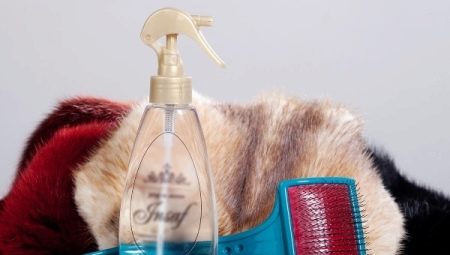Fur things, whether it be a fur coat or a collar, are cozy and attractive, they warm us in the cold season, give joyful emotions, decorate and make every girl feel irresistible. At the time of our grandmothers, chic fur products did not lose their gloss for years, however, in the modern city, fur is very quickly dirty, due to the complex ecology and the presence in the air of a mass of impurities. Fur that has lost its appearance can be dry cleaned or cleaned at home.
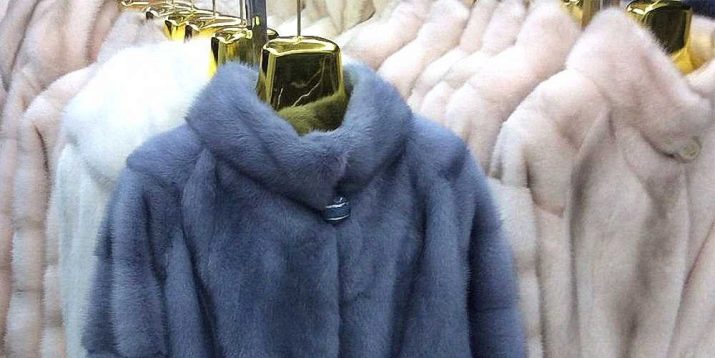
Material Features
Cleaning the fur is necessary in order to rid the natural fibers of the abrasive (dust and dirt) that settles on them and soaks into the natural oils that cover each villus. Moreover, the prolonged presence of contaminants can lead to abrasion of the fur and truly deplorable results in the form of bald patches and bald spots. That is why furriers recommend cleaning their fur at least once a year, preferably in the summer, when things are not in demand for socks.
In cases where the owner of the fur smokes, it is worthwhile to clean the fur in the middle of the winter season. Regular cleaning using appropriate methods and proper care can really help extend the life of your fur items.
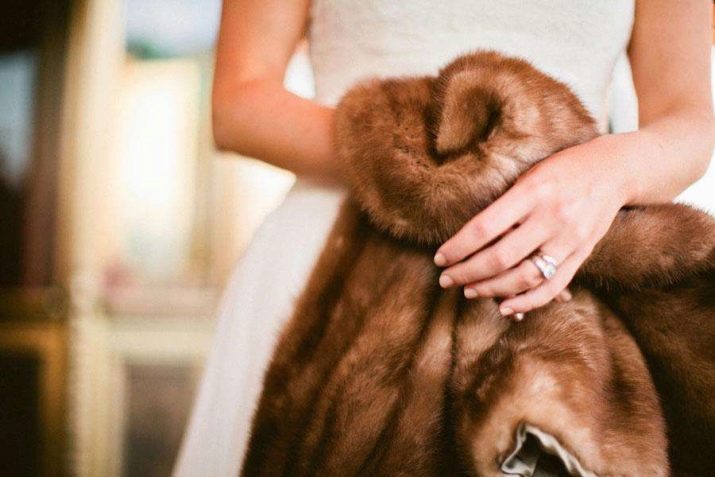
The way in which you can clean the fur at home depends largely on its type and category. The product can be made of smooth or fluffy fur, for example, a fur coat can be made of seal or mink. Accordingly, the methods of cleaning such things will differ. Among furs, long-hair, for example, is distinguished.raccoon, silver fox, red fox, lynx and arctic fox, requiring a slightly different approach to reading than short-haired fur, such as mink or beaver.
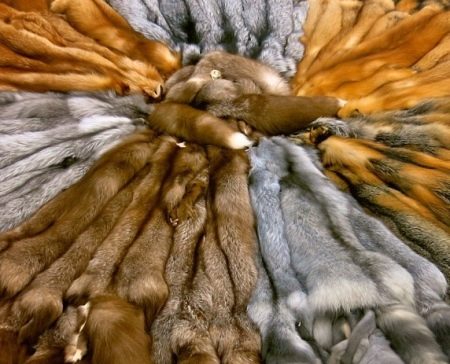
Another significant difference is the value of the thing. Cleaning a rabbit coat or nutria and sable fur coat also requires a different approach, if only for practical reasons.
How can I clean?
Some housewives, experienced by experience, recommend cleaning fur products with ammonia or hydrogen peroxide. Perhaps, at the time of our grandmothers, these funds were quite effective, but in modern conditions they are ineffective, since the chemical composition of dirt in the modern urbanized world is becoming more saturated day by day.
Mech dressing tools are also changing. sufficiently potent emulsions, which partially remain in the finished product and can enter into a chemical reaction with ammonia and peroxide, making the pile dry and brittle.
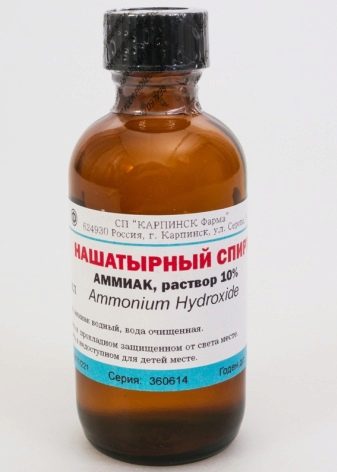
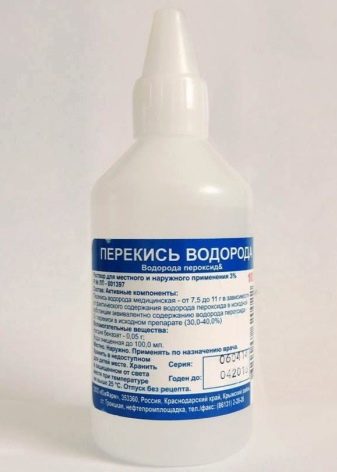
Therefore, modern furriers of all the old cleaning methods recommend today only the use of salt. A similar method is suitable for inexpensive furs, for example, rabbit, sheepskin or nutria, for the cleaning of which it is a pity to spend significant amounts.
This method is to add a lot of salt to very contaminated fur (it may take up to a kilogram of this substance on a fur coat). Then the product is left for 12 hours, after which it is carefully beat out. Together with salt, dirt and debris accumulated in the fur leave. This method is simple and cheap and, at least, is not able to harm a fur product. But it will not help return the fur coat to its original shine, although it will make it cleaner.
Experts do not recommend experimenting with various complex home-made compounds and recommend using certified preparations or shampoos intended for humans or animals for cleaning and caring for expensive fur.
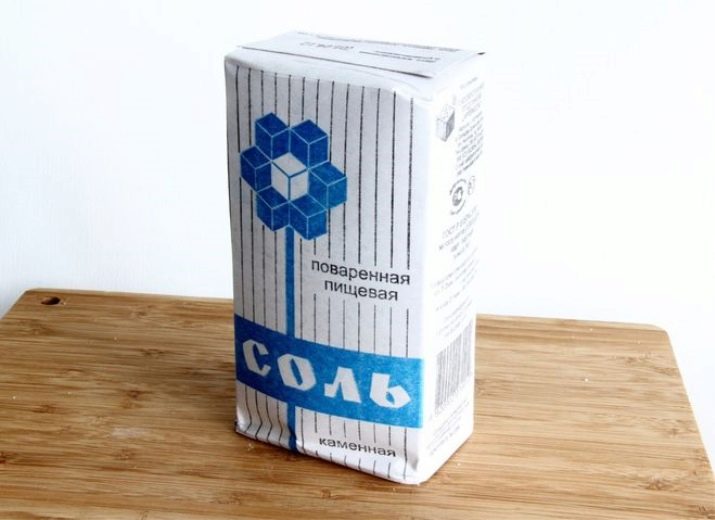
To date, in our country, the most popular cosmetics for the care of fur, which is called Biofur. These products are positioned by the manufacturer as gentle and hypoallergenic products for the care and cleaning of natural furs.
Biofur is susceptible to contamination of all kinds, from street dirt to complex stains such as blood or traces of egg yolk. Biofur also eliminates unpleasant odors, oily sheen and greasy. This tool is suitable for all furs, including such expensive ones as sable or chinchilla, but it has a fairly high price tag. The volume of purchased bottles is enough to clean a demi mink coat.
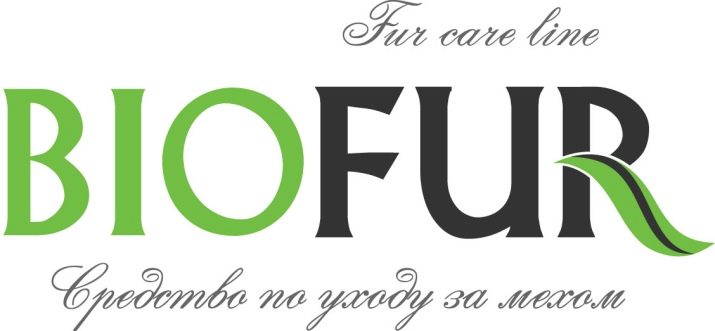
The Biofur kit includes 3 cleaning emulsions:
- Foam for cleaning especially dirty stains;
- Medium intensity cleaner;
- Fur reducer.
Also in the kit is a brush for processing fur, comb, terry cloth, gloves and oilcloth.
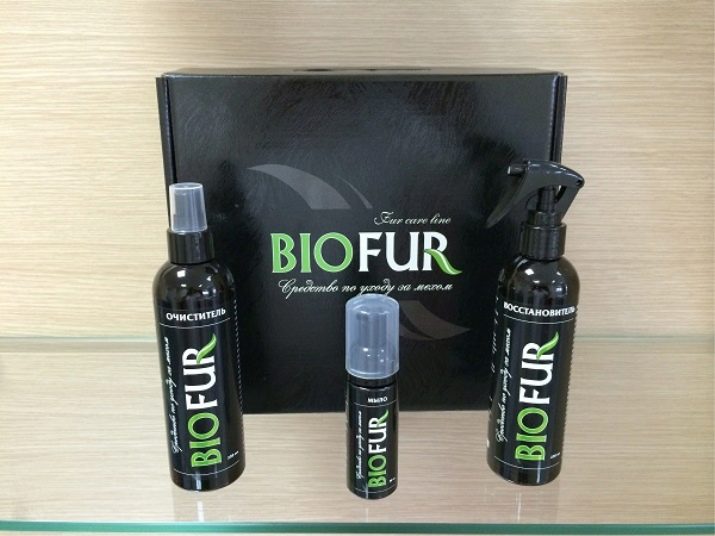
Method for cleaning fur with Biofur:
- Particularly strong contaminants are treated with foam soap, which is applied to the stains with a brush; at the same time, do not rub too hard so as not to destroy the structure of the pile;
- Leave the product for 2-3 minutes for exposure, then rinse it off with a damp cloth, while not letting it get wet to the edge;
- The entire surface of the fur coat is cleaned by spraying a cleaner, while maintaining a distance of 15 cm from the surface of the fur;
- Leave the sprayed product on for 30 minutes for exposure, then rinse it off with a damp terry cloth, not allowing the mesra to get wet, because in this case it may shrink with further drying;
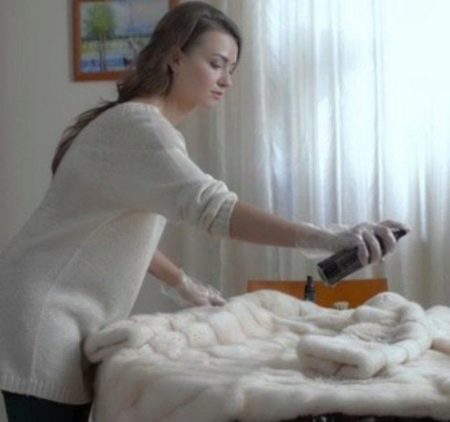
- After cleaning, the fur coat should either be laid out on a flat surface or hung on a mannequin; the use of a hair dryer in order to accelerate the drying process is strictly prohibited, as it will lead to deformation of the product.
- During drying, the fur should be shaken and combed as often as possible with the comb included in the kit.
- Fully dried fur is treated with a spray that restores its shine, after application it is left for about 3 minutes, then removed with a damp cloth and the fur coat is dried again.
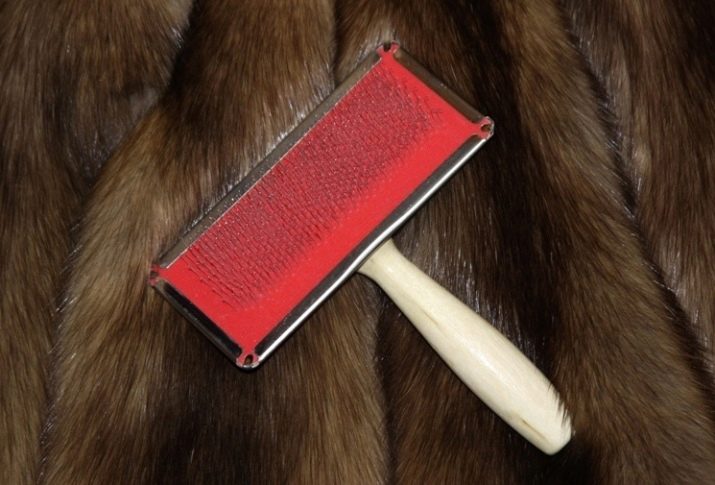
Quickly and correctly clean a fur product will help such means as:
- Netbril-o concentrated cleansing emulsion (France);
- Means Gloss finish / TCHB / TTsHB / Parva-cremie (Germany).

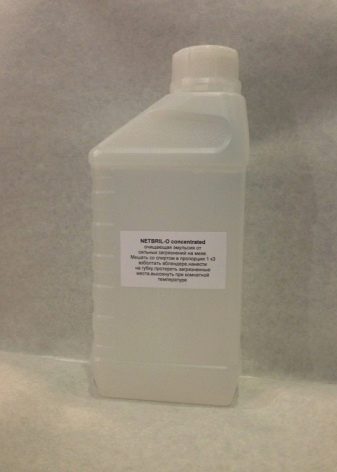
You can apply such tools to all furs, without exception, from Tuscan to astrakhan.
Emulsion Netbril-o concentrated has a cost of 1290 rubles, the volume of the bottle is 250 ml. To apply it should:
- Dilute with alcohol in a proportion of 1/3, this is best done in a blender.
- Apply to the fur product with a sponge.
- Leave the item to dry in a straightened state, remembering to shake from time to time.
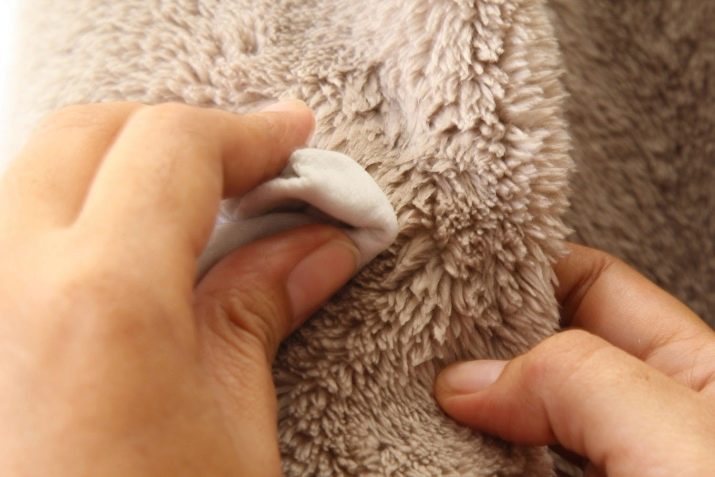
Gloss finish / TCHB / TTZHB / Parva-cremie Designed for quick cleaning of furs with moderate pollution. In addition to cleaning, this product is recommended to be applied as a topcoat that protects the fur fibers from adhering to dirt, grease and moisture.
In addition, the Gloss-Finish / TCHB / TTZHB / Parva-cremie emulsion can be used as an antistatic agent for long-haired furs, such as raccoon, silver fox or lynx fur. The cost of 250 ml is 1,300 rubles.

The use of this tool is quite capable of any girl:
- The emulsion is applied to the fur using a spray gun;
- The exposure time is 10 seconds;
- The fur is combing against the pile;
- The product is thoroughly shaken and hung out for drying on bulk shoulders.
In the event that the fur thing has severe pollution and greasy spots, dry cleaning with sawdust will help. However, do not use ordinary sawdust, which can be purchased at a construction sawmill. To clean the fur, special types of wood are required that do not emit juice, and even more resin, and have a soft texture that is not able to damage the fur. Such filings, for example, Eco or Tor Clean, can be purchased for 750 rubles. The weight of one package of such sawdust is 400 g, this is enough for several cleaning procedures.
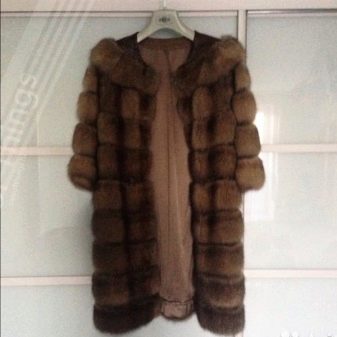
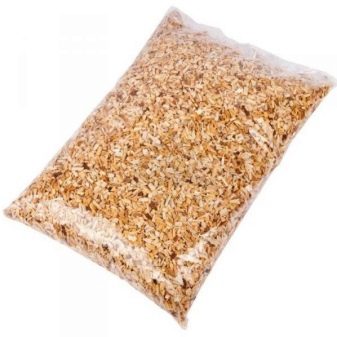
The method of cleaning fur with sawdust is suitable for all fur products, excluding long-haired Tuscan fur, voluminous astrakhan fur, as well as astrakhan fur, as this may damage the surface pattern.
Mode of application:
- It is necessary to impregnate the sawdust with Netbril-o Concentrated emulsion, trying to create a soft, but not liquid gruel;
- The resulting product is rubbed into the fur, especially the polluted places are wiped several times;
- The maximum exposure time is 30 minutes, after which the sawdust must be removed by carefully shaking the product;
- A wet product is laid out on a flat surface or hung on a mannequin to dry naturally;
- During drying, the fur is combed and shaken to give it an attractive look.
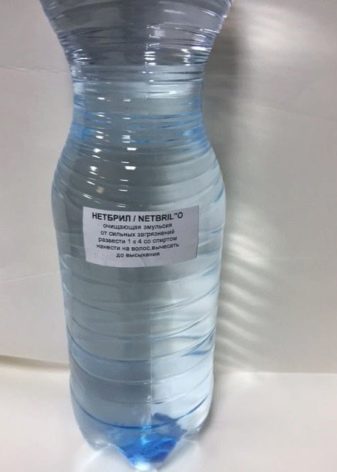
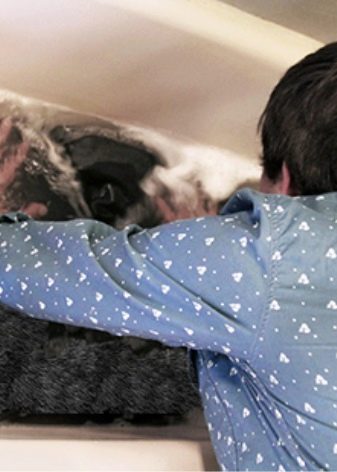
How to wash?
The most simple to clean are small-sized furs, for example, a fur pompom on a hat, which generally does not require any special treatment. It does not even need to be torn off the cap when washing, of course, in the case when the washing is carried out manually.
For best results, use gel cleanser. It is best to dry such a hat on a three-liter glass jar, turning it down with the neck so that the wool does not deform. Washing in the washing machine is not recommended, since in this case the product will inevitably stretch and lose volume.
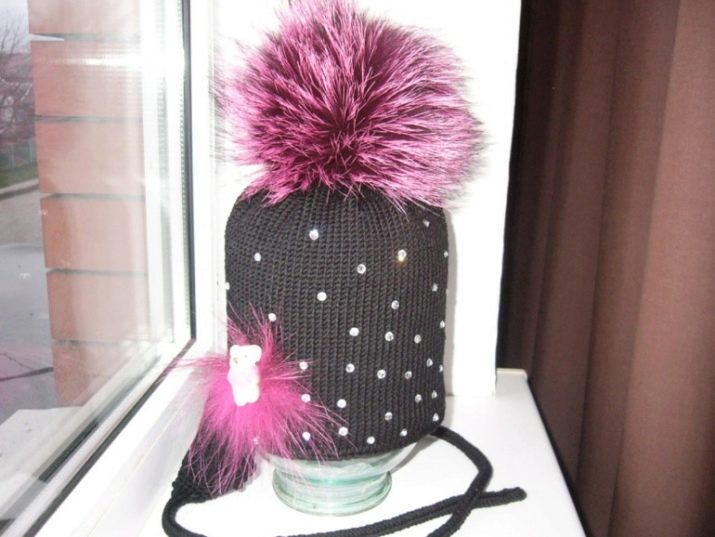
A small insert made of fur, which is fastened to the lapel of a down jacket or jacket, can also be manually removed at home using a gel agent for wool, for example, brand "Weasel" or zoo shampoo. It is important to press the fur strip well every time after washing and rinsing. This can be done by folding it with a tube and then squeezing it with your hands.
You can also squeeze a similar insert in the washing machine, after rolling it into some bulk material, for example, in an old towel. In this case, during the extraction, moisture will pass from the fur to the fabric, as a result, the fur will dry faster.
For drying, the fur should be straightened, combed carefully, laid on a soft base and periodically shaken all the time while it dries. The resulting furry edge may have a slightly stiff mezra (if it was not well-made), but this can be corrected by kneading it with your fingers to a soft state.
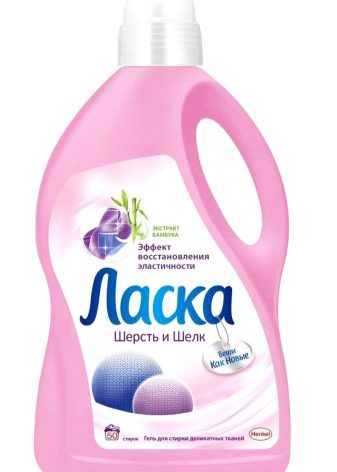
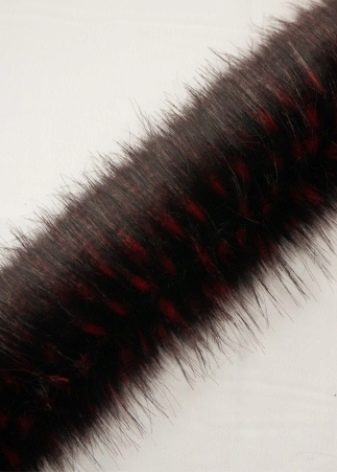
The appearance of the fur will be on top and will look like new.
Wash furs in the literal sense of the word is not recommended. It must be remembered that it is impossible to squeeze large products from natural fur in a washing machine due to the danger of their deformation. And when the wet base of the fur (mezra) dries out naturally, it most often becomes like cardboard paper, i.e., it becomes stiff and brittle. As a wash, you can conduct a surface treatment with foamed shampoo, acting with extreme caution so as not to wet the mezra.
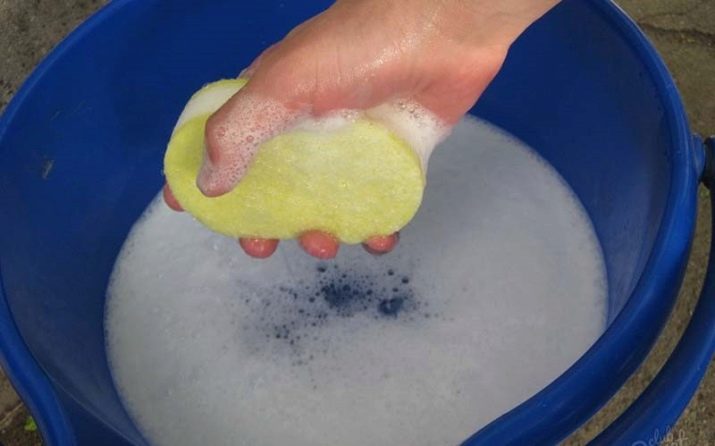
In the machine, you can wash the lining of a dirty coat, so that after cleaning the fur thing from the outside, make it clean and inside. After drying and ironing, the lining is installed on the thing either on its own or in the workshop for repairing fur products.
How to get rid of yellowness?
Often, pretty well-preserved light fur loses attractiveness because it starts to turn yellow. This is characteristic of the fox, lynx and silver fox fur, as well as the bleached mink fur. To eliminate such unpleasant manifestations, a reducing agent from the Biofur series can be used. The manufacturer advises to process with this reducing agent. every three monthswithout waiting for yellowness to appear on the product.
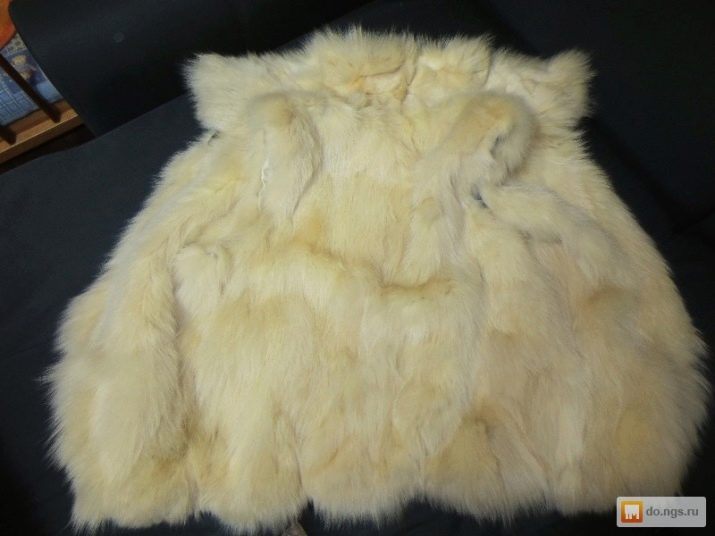
In the case when the light fur has already turned yellow, a tool such as Magic Snow can help. With its help, it will be possible to update the white fur of the Arctic fox, mink or light tips on the fur of silver fox. Its application is very simple and does not cause any difficulties.
Mode of application:
- Combine the product with a solution of hydrogen peroxide 1 to 4, mix thoroughly, creating a uniform consistency;
- Hang a fur product on a coat hanger or lay it on a table if the collar is being processed;
- Using a spray gun to spray the composition on the yellowed fur;
- Leave to dry completely, combing the fur and shaking from time to time.
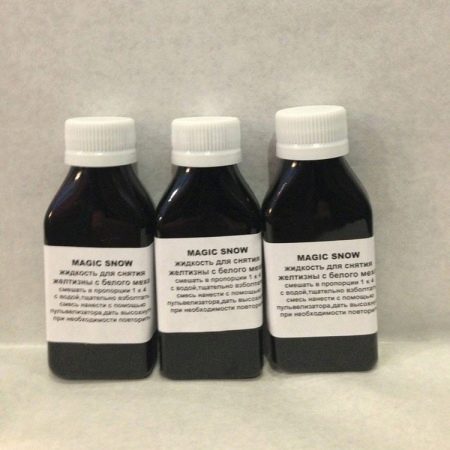
Recommendations
In order for the fur product not to lose its external attractiveness for a long time, you need to properly care for it. This is especially true in cases where a fur coat or collar came into contact with wet snow and began to look unattractive due to a sticky pile.
In this case, immediately after returning home, shake the fur well to remove wet drops. Then it should be combed with a special brush or comb with rare teeth and left on the shoulders, not placed in the closet until it completely dries. From time to time, you need to shake the fur again and comb. Thanks to this, the fur coat will dry without creases, bruises and deformation.
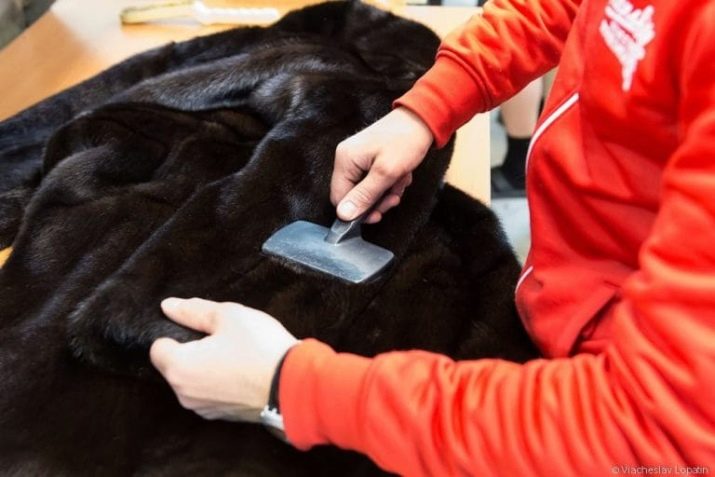
Another important point is the storage of fur products. In order to prevent dust from settling on them while they are in storage, fur coats, hats and collars must be put into covers. At the same time, inside each cover should be a means of moth, and the length of the cover should be sufficient for free location of the product.
See how to look after fur in the next video.
